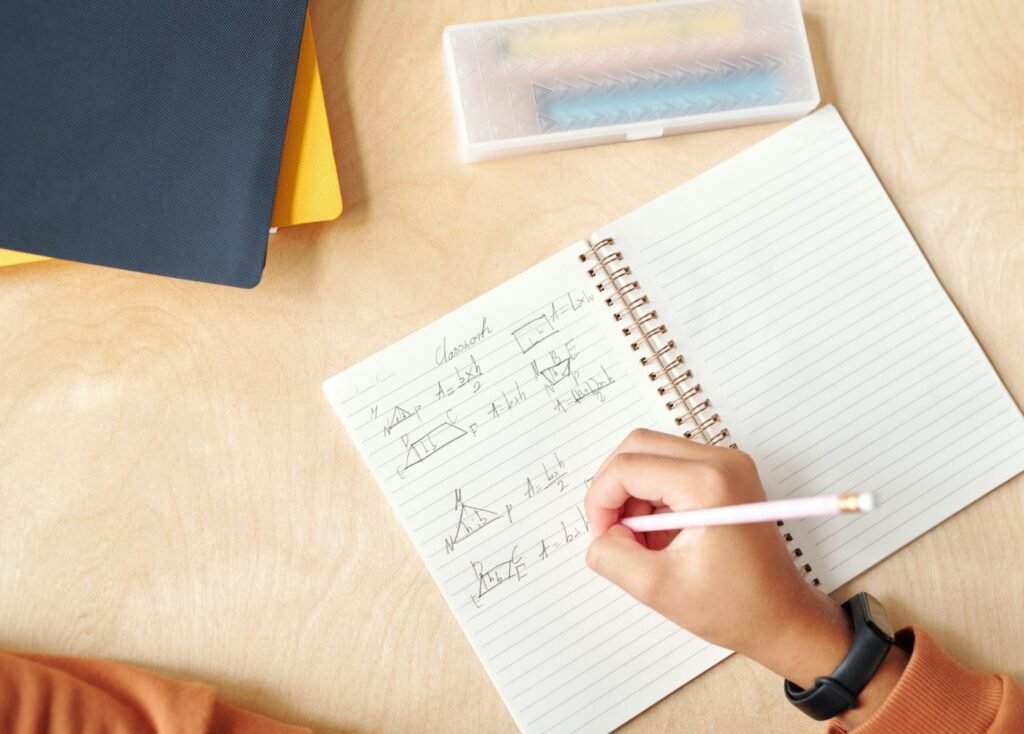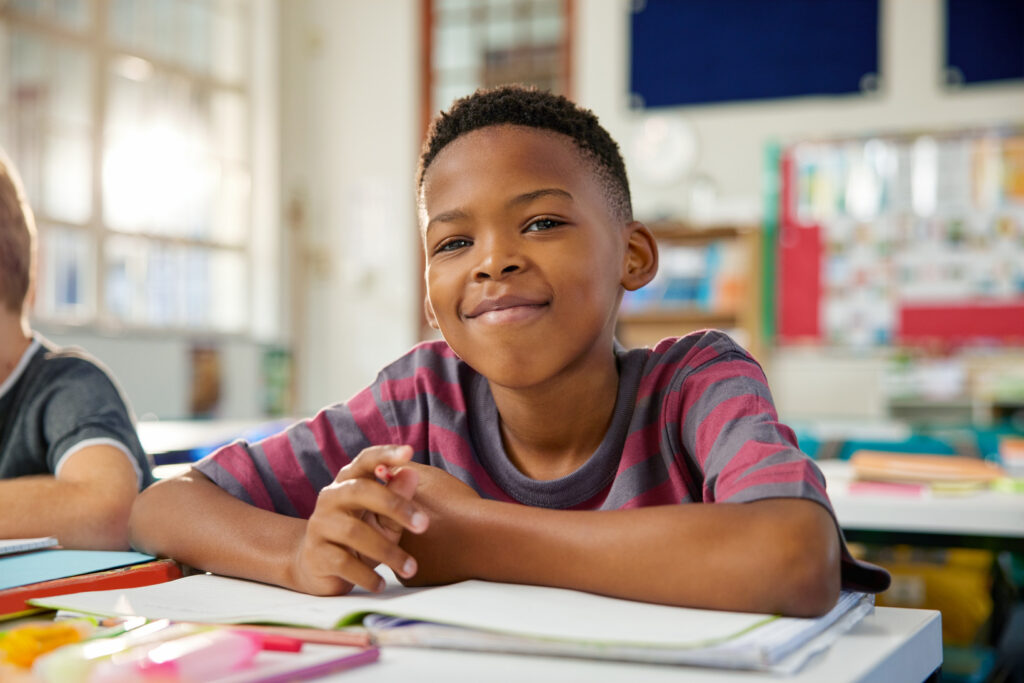As a teacher, I’ve seen firsthand how every child brings their own unique approach to learning. Some kids absorb ideas best when they can see them in action; some flourish with hands-on activities, and others light up during discussions. Understanding these different learning styles can truly transform the way kids learn, making things click in a way that feels natural and enjoyable for them.
When we match our teaching to a child’s natural learning style, it doesn’t just help them understand—it helps them remember and, most importantly, enjoy learning. The experience feels less like a challenge and more like an adventure tailored just for them. For parents, learning about your child’s style can make everyday moments and study sessions smoother and more rewarding. In this post, we’ll walk through ways to recognize your child’s learning style and practical ideas to support them in ways that help them grow and succeed.
Identifying Your Child’s Learning Style
Identifying your child’s learning style can genuinely transform their educational experience, making learning not just practical but enjoyable. Kids generally connect with one of three main styles: visual, auditory, or kinesthetic. Understanding these styles can help you tailor your approach to meet your child’s unique needs, so let’s dive in!
Visual Learners
Children who are visual learners tend to absorb information best through sight. Your child might be a visual learner if they:
- Remember details from images, diagrams, and written notes
- Enjoy reading and visual storytelling
- Often doodle or use colorful visuals while thinking
- Prefer charts, graphs, and other visual aids to help them understand concepts
To support visual learners, consider incorporating colors, charts, flashcards, and videos into their study routine. Creating visual storyboards or mind maps can also help reinforce their understanding of the material in a fun way.
Auditory Learners
Auditory learners thrive on hearing and listening. Your child might be an auditory learner if they:
- Enjoy reading out loud and listening to stories
- Remember instructions better when they’re spoken
- Enjoy participating in discussions and group work
- Prefer to learn through songs, rhymes, and verbal explanations
To support an auditory learner, consider using audiobooks and podcasts or even allowing them to explain concepts to you. Engaging in conversations about what they’ve learned can deepen their understanding and retention.
Kinesthetic Learners
Kinesthetic learners are all about movement and hands-on experiences. Your child might be a kinesthetic learner if they:
- Learn best through doing and experimenting
- Enjoy building, creating, or engaging in physical activities
- Have a lot of energy and struggle to sit still for long periods of time
- Prefer interactive tasks and learning through play
To support a kinesthetic learner, integrate movement into their learning—think educational games, science experiments, or even role-playing scenarios. Allowing them to act out what they’re learning or participate in hands-on projects can make such a difference.
How to Determine Their Learning Style
To pinpoint your child’s learning style, pay attention to how they engage with different activities. Do they remember information better through visuals, listening, or hands-on exploration? Experimenting with various approaches can reveal what resonates with them, creating a richer learning experience. However, one of the best ways to determine your child’s learning style is to ask them! For example, you could ask them if they remember things better by writing them down, having something read to them, or by seeing pictures/videos.
Ultimately, recognizing and catering to your child’s learning style can lead to more effective study sessions, greater comprehension, and a newfound enthusiasm for learning. By tapping into their natural strengths, you’re setting the foundation for a love of learning that goes beyond the classroom.

Practical Strategies for Each Learning Style
Now that you’ve figured out which learning style your child prefers, let’s talk about some practical strategies for each.
Visual Learners
If your child learns best through sight, here are a few ways to help them:
- Color-Coding and Highlighting: Encourage them to use different colors when taking notes or highlighting key points. This makes studying more dynamic and helps important information stand out. As a visual learner myself, highlighting completely changed the way I was able to retain information.
- Diagrams and Charts: Create diagrams, charts, and mind maps together to break down complex topics. For example, when studying a historical event, you can create a timeline of key events and figures. This can turn complex ideas into something they can easily grasp.
- Educational Videos and Infographics: Check out educational videos and infographics that present information in an engaging way. YouTube is a solid resource, and infographics condense information into bite-sized pieces, making learning feel less overwhelming.
Auditory Learners
For kids who prefer listening, try these strategies:
- Listening to Recorded Lessons: Suggest your child record their lessons and listen to them later. This can help reinforce what they’ve learned and offers a fresh perspective.
- Using Audiobooks: Audiobooks are a fantastic way to bring stories to life! They can help your child absorb information in a way that feels engaging and fun.
- Mnemonic Devices and Background Music: Work with your child to create catchy mnemonic devices to remember information. Playing soft background music while studying can help them concentrate better. Plus, encourage them to explain what they’ve learned in their own words—it really helps with retention!
Kinesthetic Learners
If your child learns best through movement and hands-on activities, here are some ideas:
- Hands-On Activities: Get creative with projects! Building models or using manipulatives can make abstract concepts come alive and provide a more interactive experience.
- Physical Movement: Encourage your child to pace around or move while reviewing their notes. This can help them stay focused and energized during study sessions.
- Real-World Examples: Connect what they’re learning to real-life examples. Whether it’s relating math to cooking or science to gardening, showing how concepts apply in the world around them can make learning feel more relevant and exciting.
By incorporating these tailored strategies, you can create a supportive environment that encourages your child to engage more deeply with their studies. These skills and tools will benefit them throughout their grade school years and continue into college and their future careers.
Adapting for Different Subjects
Adapting your approach to different subjects based on your child’s learning style can really boost their confidence and understanding. Here are some simple ways to support them in math, science, reading, and writing, tailored to their unique learning preferences.
Math & Science
- Visual Learners: Visual aids are a must for kids who learn best by seeing. Try using graphs, drawings, or step-by-step written instructions to help them work through math problems. When it comes to science, drawing out diagrams, mapping out processes, and using images to connect what they’re learning to the real world can make tough concepts feel much more approachable.
- Auditory Learners: For kids who learn by listening, talking through math or science problems can make a big difference. Encourage them to say each step out loud or even “teach” you the process. Asking questions along the way can also help them think critically and deepen their understanding.
- Kinesthetic Learners: Hands-on kids learn best when they can touch and move things around. Use small objects like counters or beads for math equations, and try building simple models or doing experiments to explain scientific concepts in a fun, active way.
Reading & Writing
- Visual Learners: Visual kids often love color and organization. Help them highlight key parts of a story, create colorful story maps, or make doodles related to what they’re reading. This visual approach can turn reading into a creative, interactive experience. You can also watch illustrated summaries of stories on YouTube so they can make that visual connection.
- Auditory Learners: Reading out loud or listening to audiobooks can make stories come alive for auditory learners. Try having discussions about the story afterward to get them thinking more deeply. In writing, brainstorming out loud can help them find and organize their ideas before they put pen to paper.
- Kinesthetic Learners: Bring stories off the page by acting them out! You can also use index cards to physically arrange story ideas or create a storyboard, making the writing process feel more hands-on.
These simple adjustments can make learning more fun and engaging for your child, no matter the subject. It’s all about finding the approach that works best for them!

Encouraging Flexibility and Exploration
In the end, most students don’t fit perfectly into a single learning style; instead, they benefit from a mix of methods depending on the subject, setting, or even their mood. For instance, a student might find that visual techniques like highlighting work well for history, while hands-on activities help science concepts click. Being open to experimenting with other techniques can lead to unexpected breakthroughs and make learning more dynamic and engaging.
Adaptability is a valuable skill—not just in school, but in life. By becoming comfortable with multiple ways of learning, kids build the ability to tackle different tasks and situations confidently. This versatility will serve them well as they encounter varied challenges, from new teaching methods in high school and college to dynamic training environments in future workplaces. Emphasizing flexibility helps them see learning as an ongoing journey, one that’s about discovering what works best for them in each new context.

